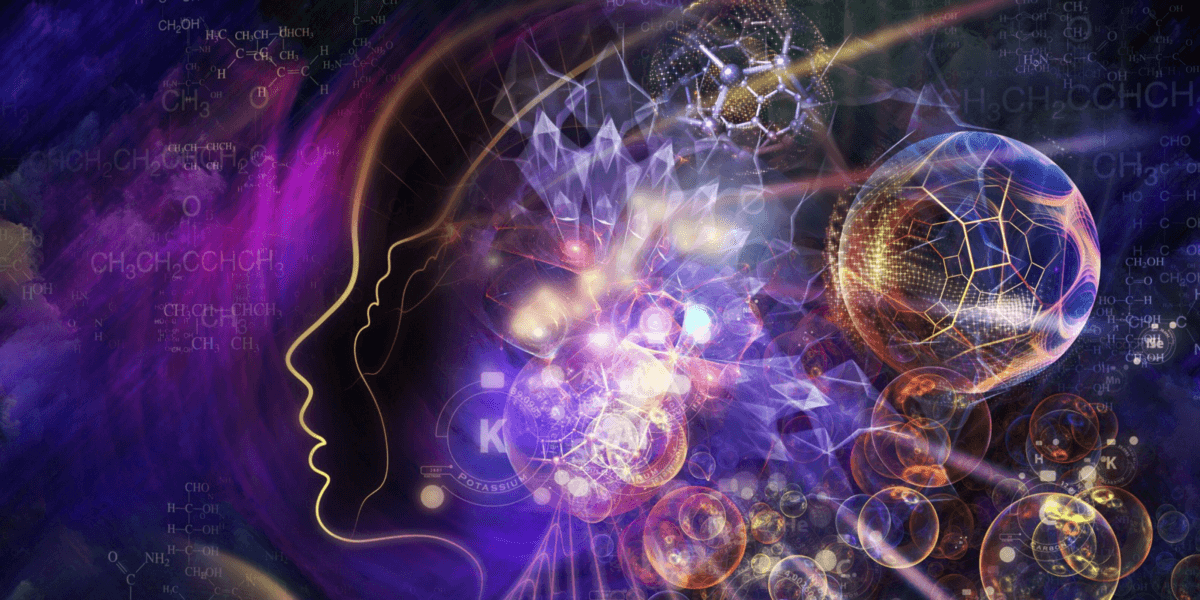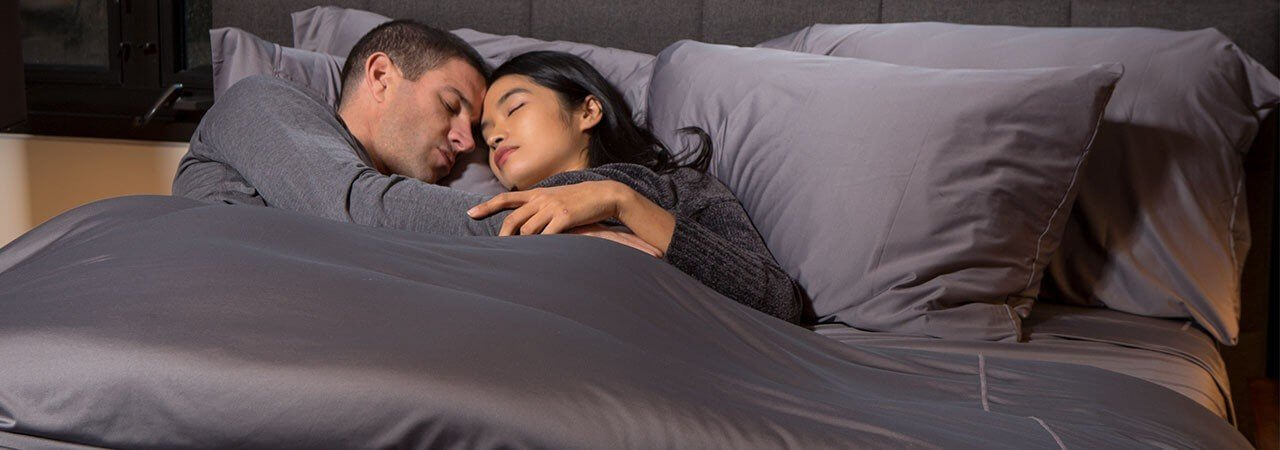As a way to unwind at night, some people might prefer to read a book or perform breathing exercises. But you wouldn't expect watching a video of a person whispering into a microphone, eating raw honeycomb, or playing with slime to be relaxing, right? This is the relatively new world of ASMR, and there are millions of views for this provocative video and others like it. Keep reading to discover what ASMR is, how it works, and why so many people are mesmerized by this phenomenon.
What is ASMR?

How Does ASMR Work?
ASMR doesn't work for everyone, but for people who do experience it, they get their ASMR fix through YouTube videos. These ASMR videos often feature someone doing simple tasks like stirring a bowl of soup, while others show a person role playing a doctor or getting a haircut. While watching one of these videos, people the viewer will get a tingling sensation in their scalp, and it'll work its way down to the arms and legs, resulting in a feeling of relaxation. If the person talks speaks in the video, he or she is almost always whispering. In fact, the first formal study on ASMR suggested whispering is the most common type of trigger for inducing tingling sensations, followed closely by personal attention, crisp sounds and slow movements.
There's little scientific research about ASMR itself, but some experts believe ASMR is linked with the default mode network — your brain's network that connects to different areas of the brain. Researchers in a study used a fMRI (functional magnetic resonance imaging) to examine the brains of people who experience ASMR. The study suggests that these people have difficulty restraining their emotional sensory experiences, which means they're more likely to be affected by ASMR triggers. Researchers also indicate that people with ASMR naturally have an intense emotional response to sensory stimuli.
Why Use ASMR?

One study reported that 80% of participants said ASMR had a positive impact on their moods, while 38% stated that ASMR helped improve their chronic pain symptoms. Interested in ASMR to help you fall asleep? There are plenty of videos out there, but the most popular YouTube channels are GentleWhispering,ASMRlab , and ASMR University. While you're at it, step up your sleeping game with SHEEX® Performance Bedding. Our fabrics provide a perfect combination of breathability, moisture-wicking technology and unparalleled comfort to give a deeper, cooler slumber.
























